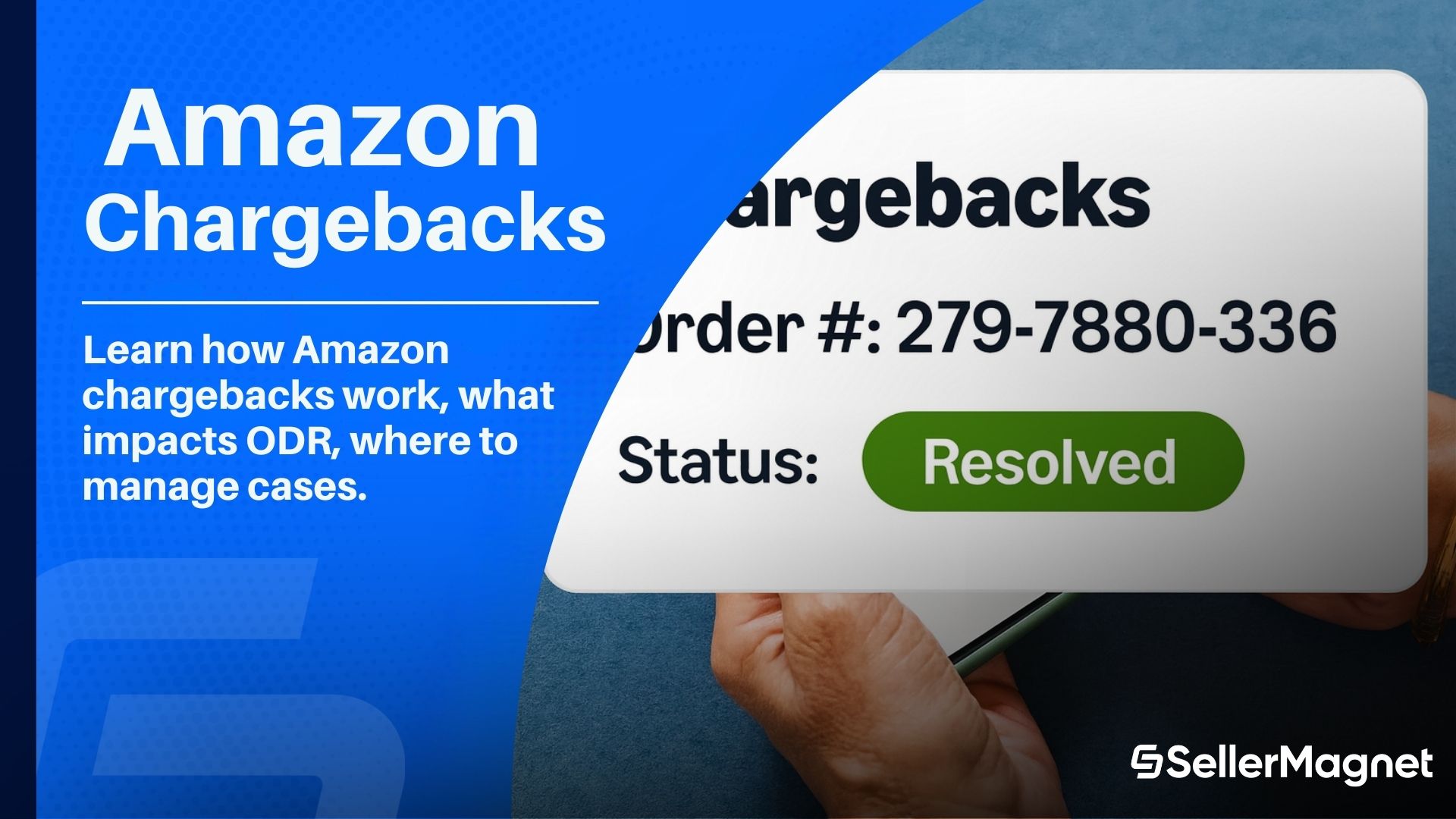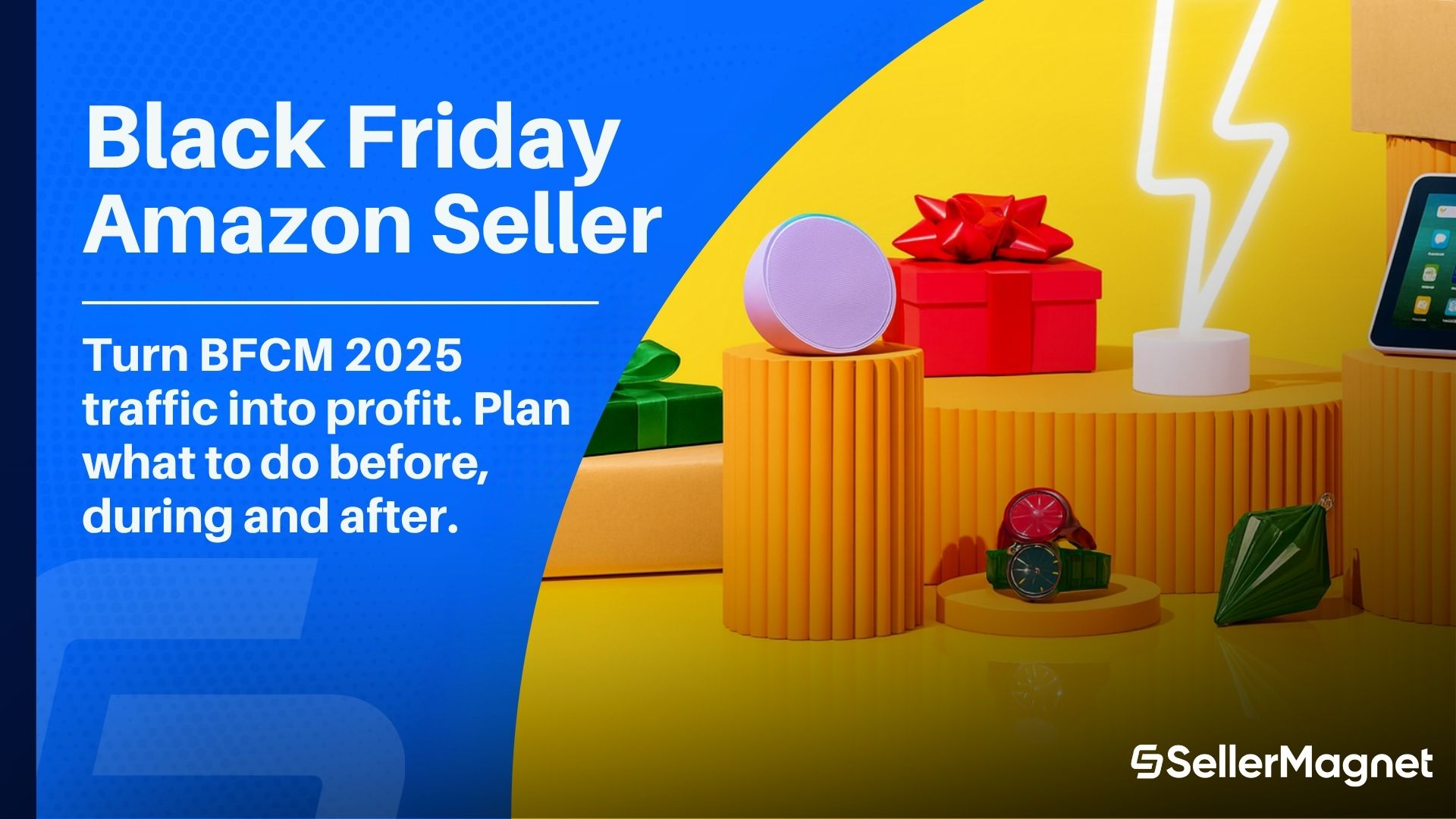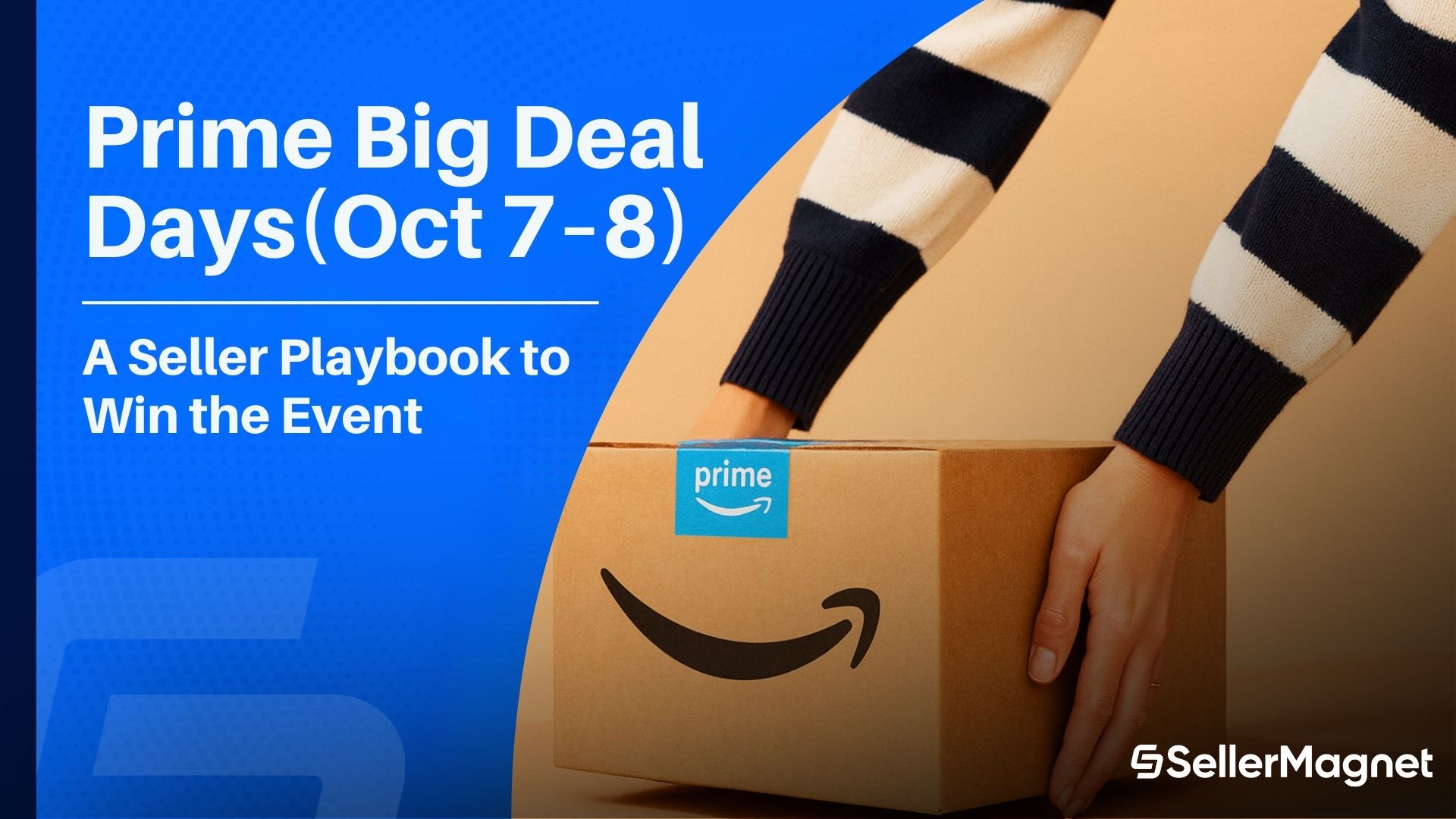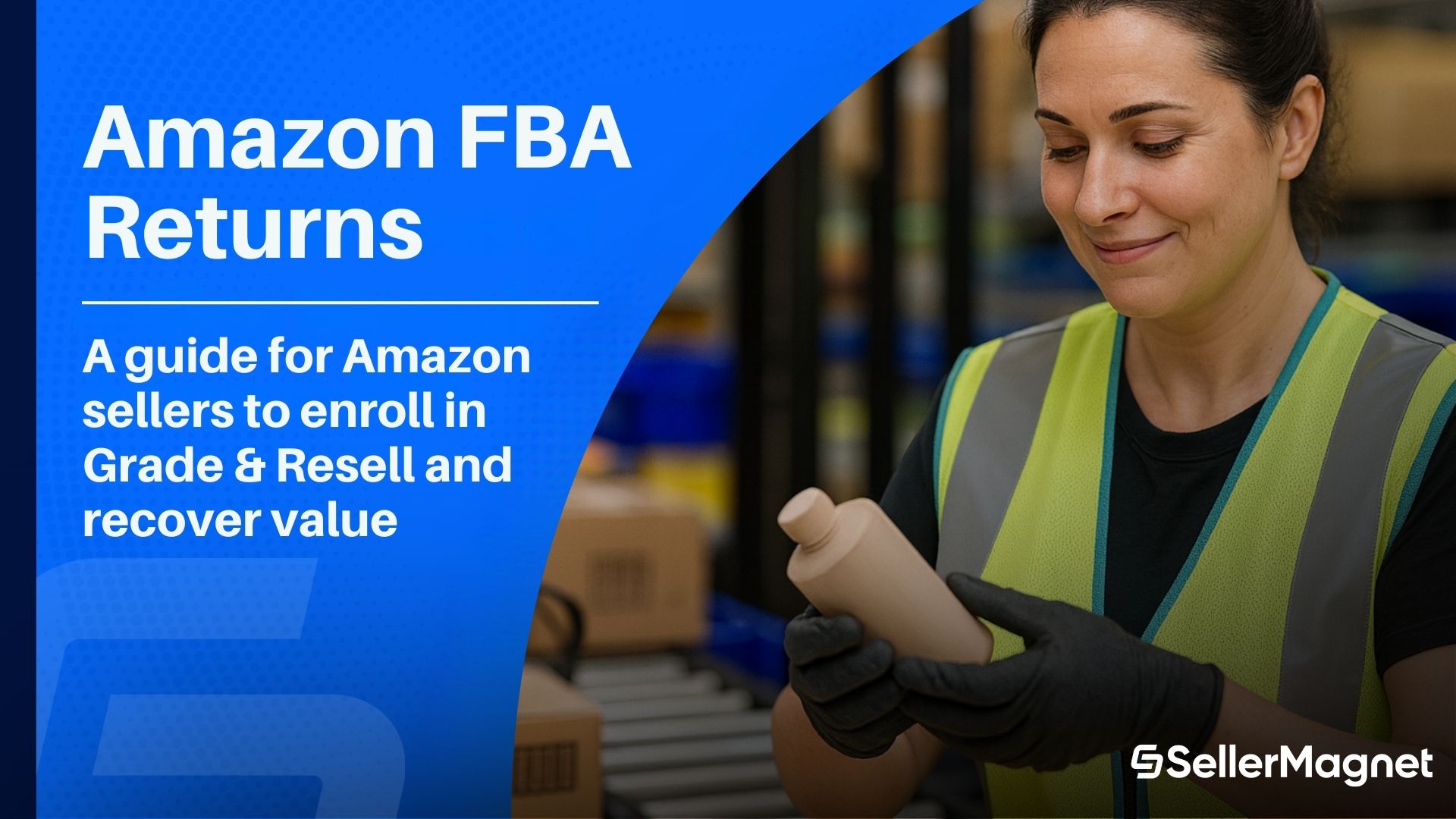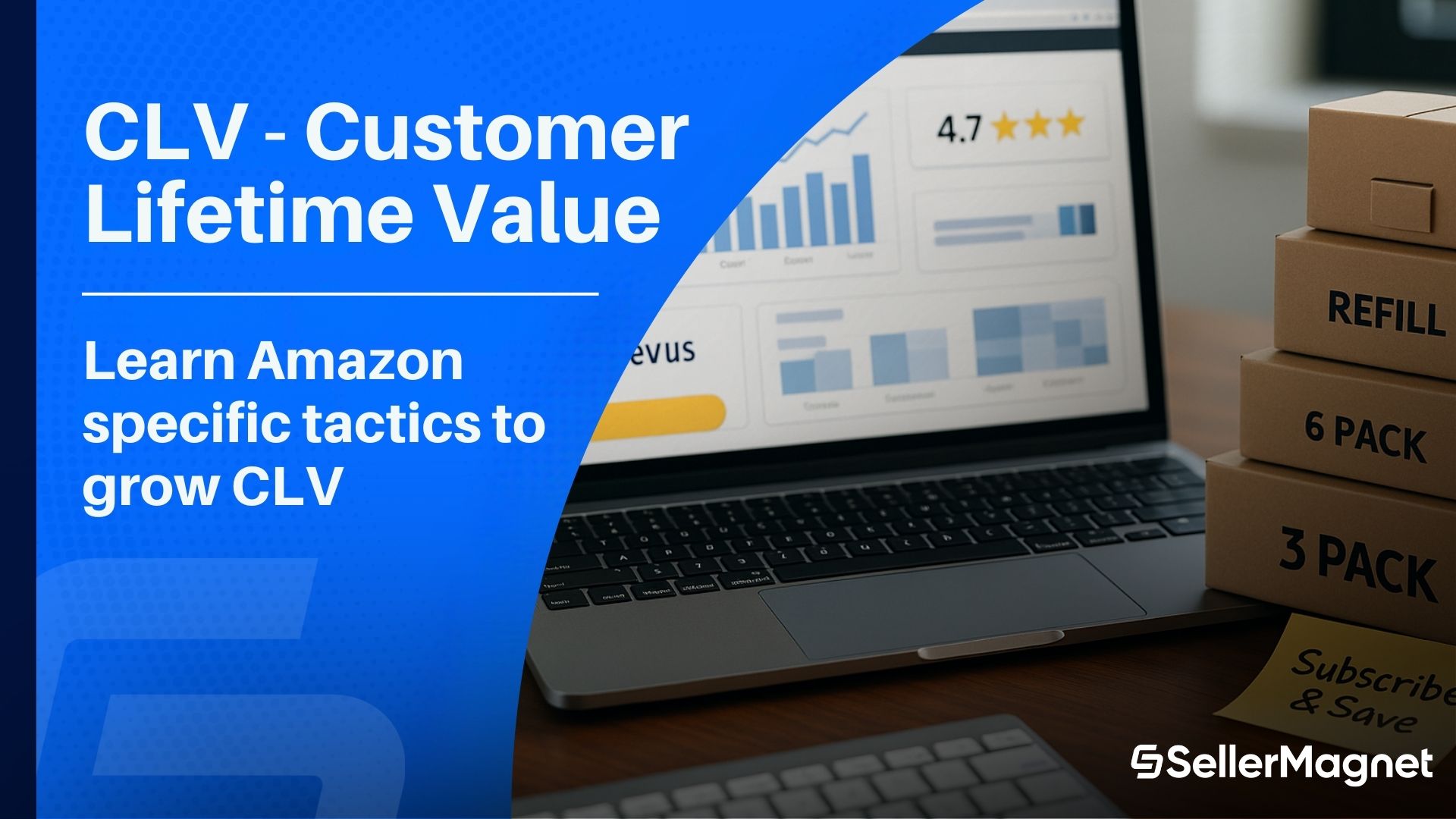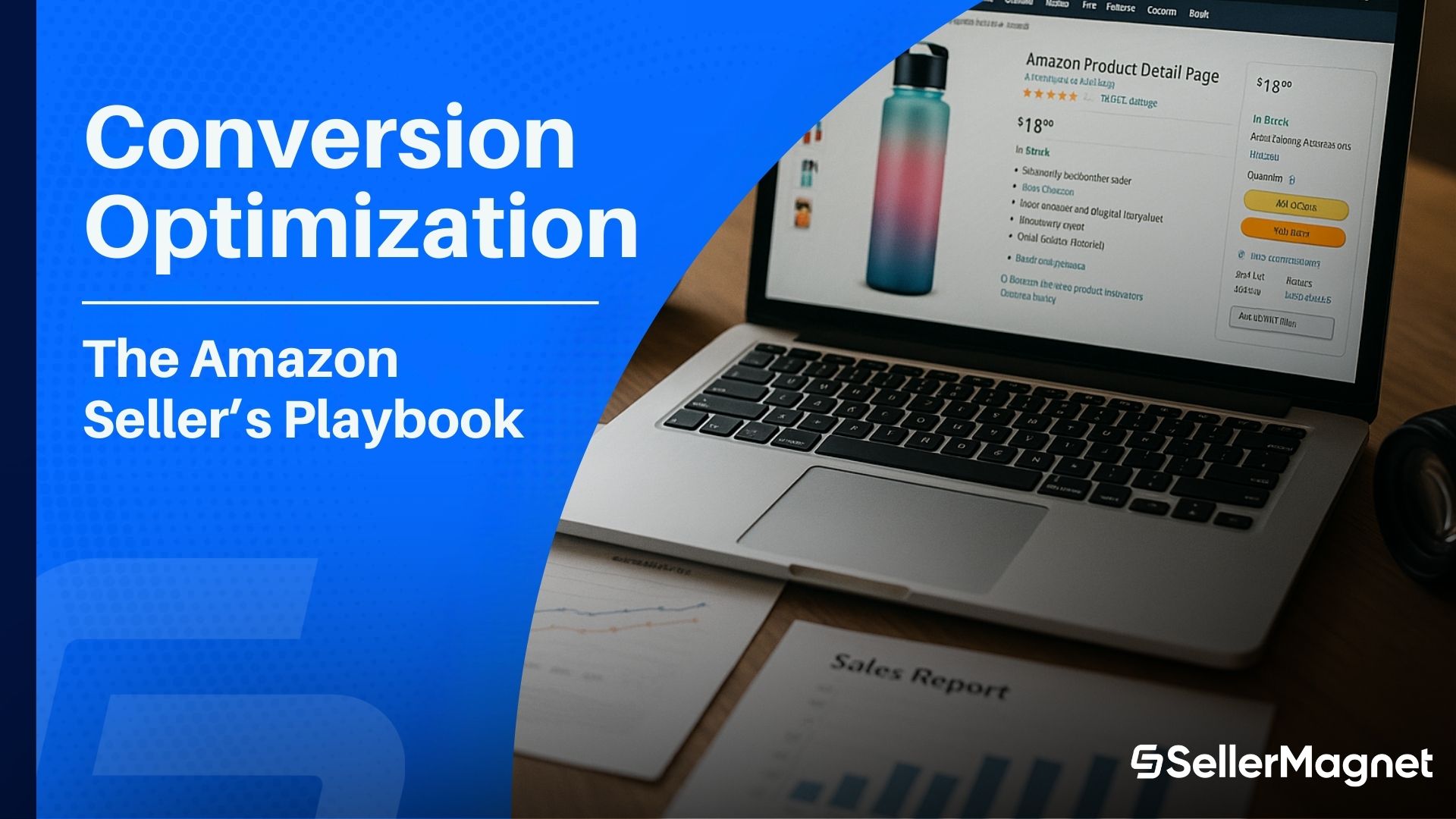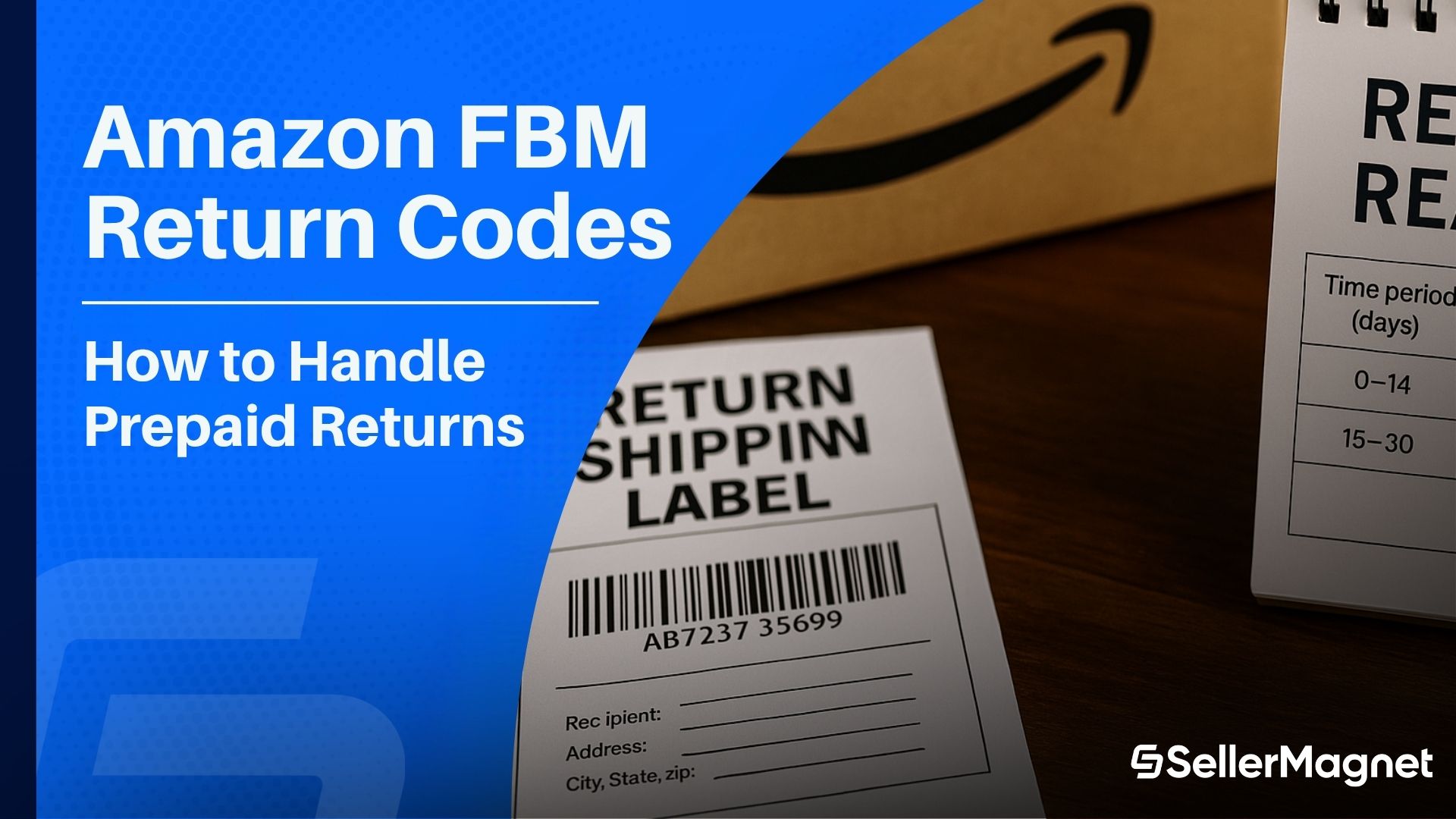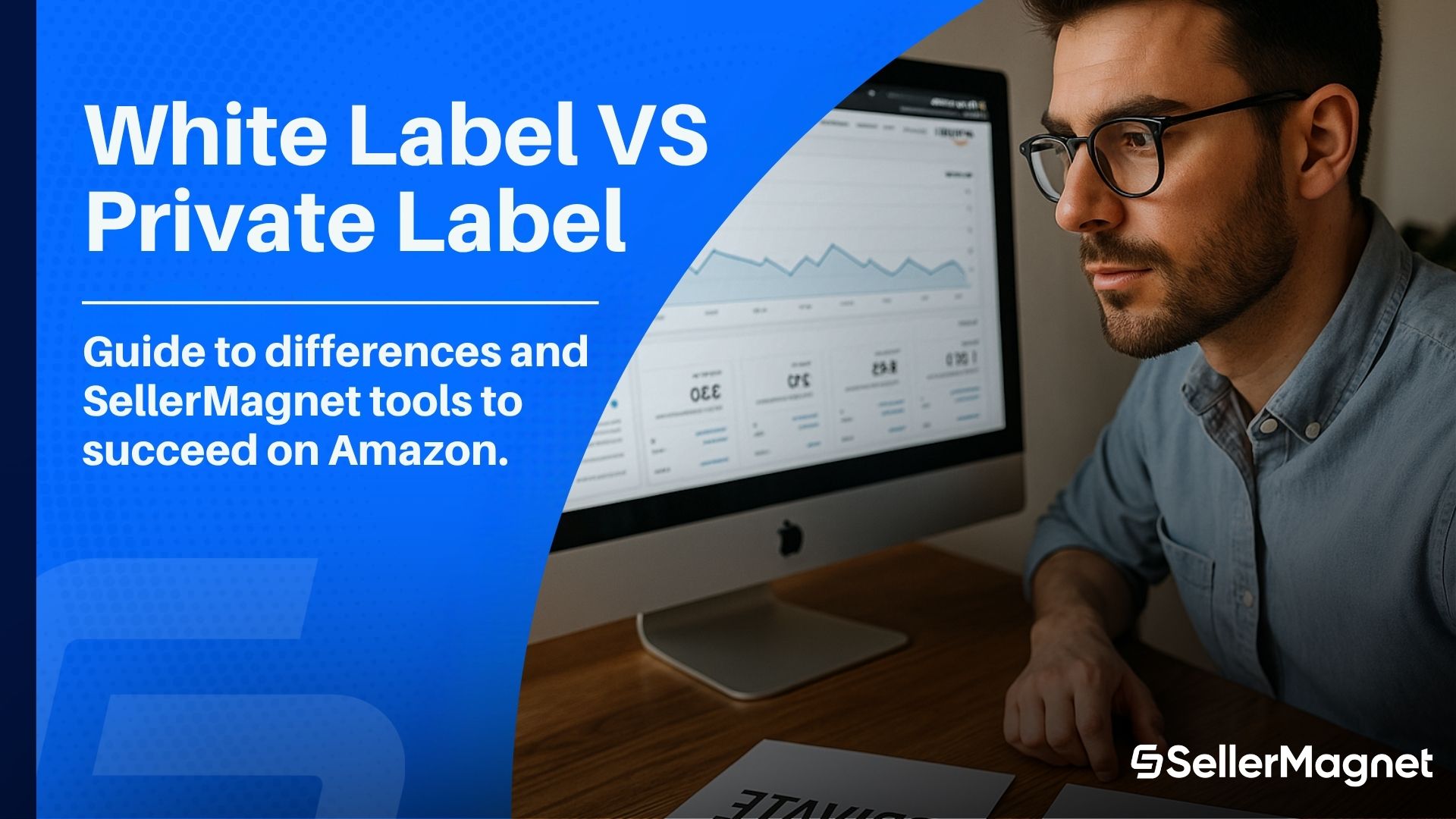Introduction: Why Amazon SEO Matters More Than Ever
Every Amazon seller dreams of ranking at the top of search results and outperforming competitors. But with millions of sellers and an increasingly sophisticated algorithm, Amazon SEO in 2025 is more competitive than ever.
Unlike Google, where searchers look for information, Amazon buyers have strong purchase intent. This means that Amazon’s A9 algorithm (and its evolving updates) prioritizes sales-driven results. If your listing isn’t fully optimized, your product may never get the visibility it needs to drive conversions.
In this guide, you’ll learn:
- How Amazon’s A9 algorithm works
- The essential ranking factors that determine search visibility
- Best practices for optimizing product titles, descriptions, and images
- How to increase conversions through advanced strategies like A+ Content
- How SellerMagnet can help automate and refine your Amazon SEO
By applying these strategies, you’ll rank higher, increase sales, and stay ahead of competitors in 2025.
Understanding Amazon’s A9 Algorithm
Amazon’s search engine works differently from traditional search engines like Google. The A9 algorithm prioritizes product relevance and performance metrics, meaning that rankings are directly tied to sales velocity and customer satisfaction.
What Factors Influence Amazon SEO?
1. Keyword Relevance
- Amazon scans product titles, bullet points, descriptions, and backend search terms to match relevant search queries.
- Strategic keyword placement is critical for ranking higher.
2. Sales Velocity
- The more sales your product generates, the higher Amazon ranks it.
- High-ranking products typically have a history of steady conversions.
3. Click-Through Rate (CTR)
- Amazon tracks how often customers click on your listing in search results.
- High-quality images and compelling titles improve CTR.
4. Conversion Rate (CVR)
- The algorithm favors listings that convert well.
- Optimized product descriptions, bullet points, and reviews help maximize conversions.
5. Customer Reviews & Ratings
- Products with higher star ratings and more reviews rank better.
- Poor ratings negatively impact visibility and sales.
Understanding these ranking factors is essential for success—let’s explore how to optimize each of them.
Step-by-Step Guide to Amazon SEO Optimization
1. Craft an SEO-Optimized Product Title
Your product title is one of the most important SEO elements. It should be:
- Keyword-rich but still readable.
- Structured to highlight key features like material, size, or benefits.
- Formatted correctly (Avoid ALL CAPS, use title case).
Example of an optimized title:
"Wireless Noise-Canceling Headphones – Bluetooth 5.2, 40-Hour Battery, Deep Bass – Over-Ear Headset for Travel & Work"
This title:
- ✔ Uses primary keywords at the beginning
- ✔ Includes unique selling points
- ✔ Is structured for search and readability
2. Optimize Bullet Points for Readability & SEO
Bullet points play a crucial role in both Amazon SEO and conversions. They should:
- Highlight key product benefits concisely.
- Include relevant keywords naturally.
- Address customer concerns (e.g., compatibility, durability, or warranty).
Amazon allows up to five bullet points—use them strategically to increase engagement and visibility.
3. Write a Persuasive Product Description
Amazon’s A9 algorithm scans descriptions for relevant search terms, so your description must be both SEO-optimized and engaging.
Best Practices:
- ✔ Expand on product features and benefits.
- ✔ Use short paragraphs for readability.
- ✔ Answer common customer concerns.
- ✔ Include secondary keywords naturally.
4. Leverage Backend Search Terms
Amazon allows sellers to add hidden backend keywords, which impact SEO without being visible to customers.
How to Optimize Backend Keywords:
- Avoid duplicate keywords (Amazon ignores repeats).
- Use synonyms and related terms.
- Exclude brand names (unless authorized).
These hidden search terms give you extra ranking opportunities beyond your visible content.
5. Improve Image Quality for Higher Rankings
Amazon favors listings with high-quality images that drive higher engagement and conversions.
- ✔ Use at least 6-7 images (including lifestyle shots).
- ✔ Ensure images are 1000x1000 pixels minimum for zoom functionality.
- ✔ Showcase product benefits visually with infographics or text overlays.
6. Utilize A+ Content for Enhanced Conversions
A+ Content (available to brand-registered sellers) can boost conversions by up to 10%. It allows sellers to create:
- Enhanced product descriptions with rich media
- Comparison charts and infographics
- Better brand storytelling
If your brand is registered, A+ Content is a must-have for ranking and conversions.
Common Amazon SEO Mistakes to Avoid
Many sellers fail to rank high because they make these critical mistakes:
- 1. Keyword Stuffing – Overloading titles or bullet points with keywords reduces readability and conversion rates.
- 2. Ignoring Competitor Analysis – Successful sellers study top competitors and adapt their strategy.
- 3. Not Testing Different Variations – A/B testing titles, images, and descriptions can reveal what works best.
- 4. Overlooking Mobile Optimization – Many buyers shop on mobile, so formatting must be clean and readable.
Avoiding these mistakes keeps your listings competitive and improves long-term rankings.
How SellerMagnet Helps Optimize Amazon SEO
Winning on Amazon requires more than just great products—it demands smart automation and data-driven insights. SellerMagnet offers a suite of powerful tools that help sellers streamline their SEO strategy, improve visibility, and increase sales.
1. Listing Optimizer – Maximize Your SEO Potential
One of the biggest challenges in Amazon SEO is properly structuring your listings for both search algorithms and conversions. The Listing Optimizer ensures your product pages are fully optimized by:
- ✔ Analyzing your title, bullet points, and description to check for missing keywords and formatting errors.
- ✔ Providing actionable recommendations on how to improve keyword placement, readability, and engagement.
- ✔ Enhancing backend search terms by suggesting high-ranking hidden keywords that can boost visibility without affecting the user experience.
With SellerMagnet’s Listing Optimizer, sellers automate the SEO process, ensuring their listings are fully optimized without needing to manually research and rewrite content.
2. Repricer – Stay Competitive & Maintain Buy Box Eligibility
Price competitiveness plays a crucial role in Amazon rankings and Buy Box eligibility. SellerMagnet’s Repricer automates pricing adjustments, ensuring that sellers maintain the best balance between visibility and profitability.
- ✔ Automatically adjusts prices based on competitor activity, keeping your listing competitive without manual changes.
- ✔ Prevents price wars by setting smart pricing thresholds, so sellers don’t sacrifice margins.
- ✔ Increases Buy Box win rates, improving rankings and making it easier for shoppers to purchase your product.
Since Amazon favors products that sell quickly, having a dynamic pricing strategy directly contributes to higher SEO rankings.
3. Review Requester – Boost Ratings & Build Social Proof
Amazon’s A9 algorithm prioritizes customer satisfaction, meaning ratings and reviews heavily impact SEO. Products with more high-quality reviews rank better and convert at a higher rate.
- ✔ Automates review requests, encouraging happy customers to leave positive feedback.
- ✔ Increases overall review count, which improves both search rankings and conversion rates.
- ✔ Reduces the impact of negative reviews by helping sellers balance their ratings with more genuine positive feedback.
A well-optimized listing with strong social proof builds trust with both Amazon’s algorithm and potential customers.
Conclusion: Mastering Amazon SEO for Long-Term Success
Amazon SEO is an ongoing process—not a one-time fix. To rank higher and sell more, sellers must focus on:
- Keyword optimization across titles, descriptions, and backend search terms.
- Engaging content and compelling images to maximize CTR and conversions.
- Ongoing performance tracking using data-driven insights.
- Avoiding SEO pitfalls that hurt visibility and sales.
Key Takeaways:
- ✔ Amazon’s A9 algorithm prioritizes sales velocity and customer engagement.
- ✔ Titles, bullet points, and descriptions must be optimized for both SEO and readability.
- ✔ High-quality images and A+ Content increase conversions.
- ✔ SellerMagnet’s tools help sellers automate and refine SEO strategies.
By mastering Amazon SEO and leveraging advanced tools, sellers can dominate search rankings, increase visibility, and maximize sales in 2025.



